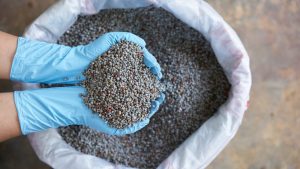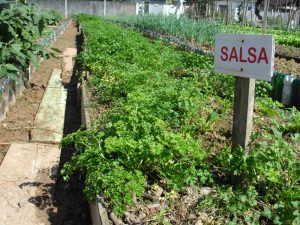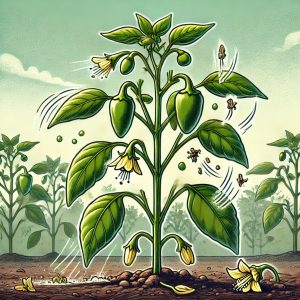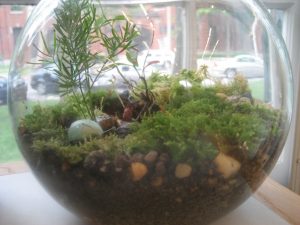Last Updated on August 13, 2023 by teamobn

Dip your toes into the world of gardening with the fun and fuss-free method of growing plants in the water! With minimal investment and no need for soil, you can feel satisfied watching your plants thrive and come to life. Not only will you have a beautiful addition to your home, but the act of taking care of plants and watching them grow provides numerous benefits — both for your home and your well-being.
Do you also dream of becoming a green-thumbed gardening guru? We have the perfect step-by-step guide to get you started! The first step is to choose which plants you like to nurture and gather all the needed materials. Next, it’s time to prepare the soil, water, and other necessities. Then, plant, nurture, and kick back with a cuppa as you watch your little garden babies grow.
Growing plants in water is incredibly easy to do! So, step right up and get your hands dirty!

1. Pick the right plants for water-growing
Contents
- 0.1 1. Pick the right plants for water-growing
- 0.2 2. Gather necessary materials
- 0.3 3. Fill the container with water
- 0.4 4. Add plant fertilizer
- 0.5 5. Place the plant in the container
- 0.6 6. Place the container in a well-lit area
- 0.7 7. Change the water every 1-2 weeks
- 0.8 8. Monitor the plant’s growth and health
- 1 The Takeaway
The first step in growing plants in water is to choose the right kind of plants. You can grow many types of plants in water, but some plants do better in this environment than others. For example, plants with thick and fleshy leaves or stems, such as spider plants, are ideal for water growing.
On the other hand, plants with thin and delicate leaves and stems, such as ferns, will probably not do so well. Additionally, make sure to pick plants that don’t require a lot of sunlight since the roots will not have access to the sun for energy.
Now that you’ve selected the perfect plants for your water-growing venture, you’re all set to take your green thumb to the next level! Delight in the exciting experience of growing plants in the water!
2. Gather necessary materials

The next step in growing plants in water is to prepare the materials you need. You will need some type of container (such as a jar or vase) to hold water and plants, a light source such as a grow lamp, and a water filtration system. Additionally, you will need soil and/or fertilizer, depending on what type of plant you are growing.
It’s always a good idea to have some tweezers and scissors on hand to help with replanting and pruning so that your plants will thrive. And don’t forget to add an air pump to your gardening arsenal to help keep your water oxygenated. This will promote healthy growth in your plants and ensure that they get the oxygen they need. When shopping for an air pump, make sure to get one that’s appropriate for the size of your garden—bigger gardens will require more powerful pumps.
Bring a splash of vibrancy to your life with the simple act of growing plants in the water! All you need is a bit of dedication and commitment!
3. Fill the container with water
Thirdly, it is time to fill the container with water. Take care to ensure that the container is filled to the brim, as this will provide enough hydration to the plant. If possible, use filtered or distilled water, as this will be free of minerals and salts that can build up in the soil over time.
Growing plants in water is one of the most fulfilling and rewarding things a gardener can do. It’s like watching the miracle of life unfold in front of you! But, needless to say, there’s more to it than just filling a pot with some water.
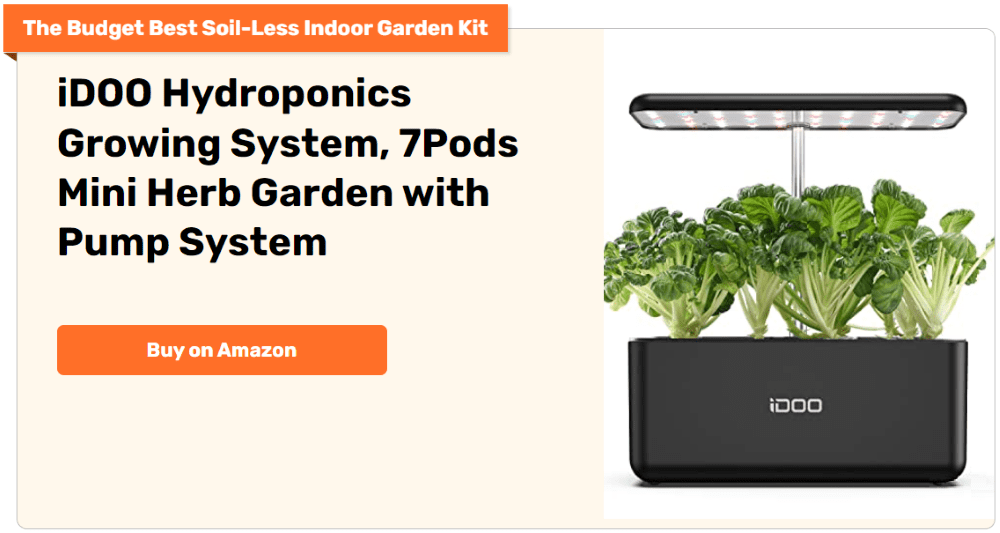
4. Add plant fertilizer
Plant fertilizers are essential for ensuring your plants get all the nutrients they need to survive and thrive. When adding fertilizer, make sure to read the instructions on the packaging carefully.
When it comes to growing plants in water, you’ll want to make sure you have the right amount of fertilizer for the size of the container and the type of plant you are growing. After measuring the perfect dose of nutrients, it’s time to place your plants in the water and observe the magic that unfolds!
Growing plants in water seems like the stuff of fantasy, but it can actually be achieved with some hydroponics knowledge, patience, and care.
So, watch as your plants slowly start to take root, as if by some mysterious alchemy. You’ll be enthralled as you watch your little green friends grow and blossom into the vibrant and healthy flora that you’ve been nurturing. Enjoy the wonders of hydroponics and marvel as your plants flourish in their watery home!
5. Place the plant in the container

Once you have chosen the plants you want to grow, it’s time to place them in the containers. The plants should be planted close together, but make sure to leave enough space between them so that they have plenty of room to grow. When planting, make sure the root end of the plant is facing down and the stem is up.
Growing plants in water is an age-old tradition that has stood the test of time. Not only is it a great way to bring some life into your home, but it can also help ensure that the plant can source the necessary nutrients and light from the water. With this technique, you can grow a wide variety of plants, such as water lilies and cattails, in a variety of spaces including small containers, glass jars, and even window sills.
All you need is the right potting soil, some water, and the right amount of light. As the water slowly circulates and flows around the roots, it provides the necessary nutrients for the plant to thrive. Then, be sure to fill the container with enough water to cover the roots of the plants.
6. Place the container in a well-lit area
After you’ve finished planting in your water garden, it’s time to place the container in a well-lit area. Make sure the area you choose receives at least six hours of direct sunlight each day.
Growing plants in water can be an incredibly rewarding experience and is a great way to add a touch of vibrant life to any home. It is easy to do, however, it requires maintenance too.
All you need is some water, a few plants, and a container that has enough space for the roots. You can further supplement the natural light they will receive by adding a few grow lights to the setup. This will ensure that the plants get the light they need to thrive and can help them grow faster.
Additionally, the container should be placed in an area with good air circulation and away from any drafts. Then, don’t forget to check the water levels regularly and top off with fresh water as needed.
7. Change the water every 1-2 weeks
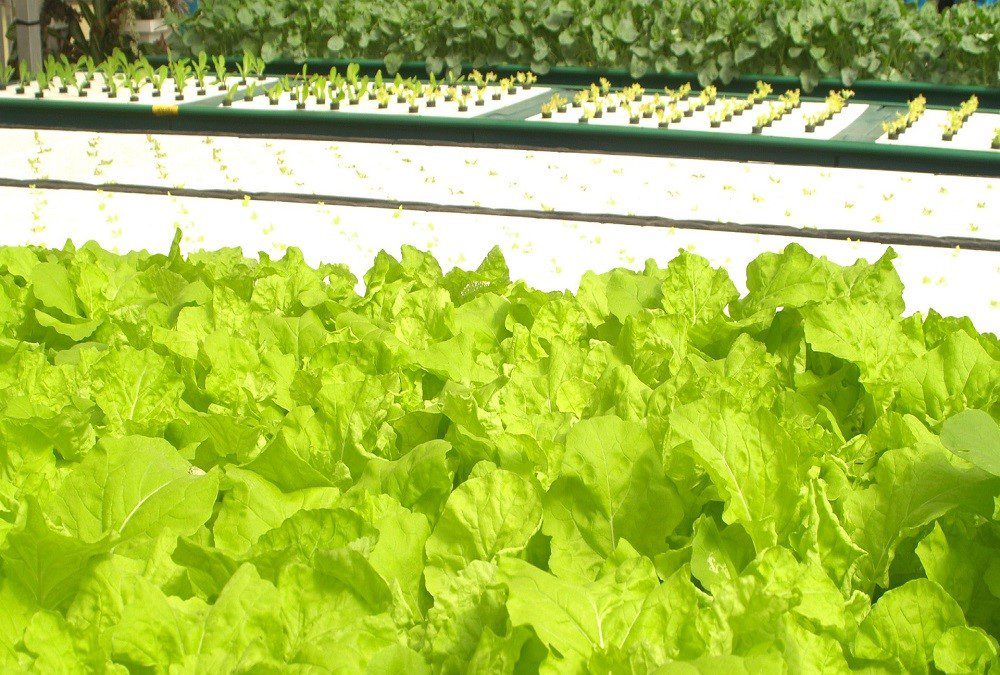
This essential step ensures that your plants are getting the nutrients they need while preventing the water from becoming too stagnant. For best results, be sure to use filtered or distilled water, as well as a nutrient supplement of your choice.
When you change the water, be sure to remove any debris, like dead leaves or faded flowers, to keep your plants healthy and flourishing. Not only will this help them grow, but it will also ensure that they stay looking beautiful and vibrant. With a bit of care and attention, you’ll be rewarded with lush and lush plants that will bring life to your home.
Have you considered a hydroponic garden? Growing plants in water is a great way to bring a touch of greenery to your home! Now is the perfect time to explore this dynamic and fun way of growing plants!
8. Monitor the plant’s growth and health
The eighth step in growing plants in water is to monitor the plant’s growth and health. It is important to check the plants regularly to make sure they are getting enough light, water, and nutrients. You should also look for signs of disease or pests.
If you notice any of the aforementioned problems, take action quickly to keep the plants healthy. You likely need to adjust the amount of light, water, or nutrients the plants are receiving or need to treat the plants with a fungicide or insecticide.
Growing plants in water can be an incredibly rewarding experience, offering an opportunity to nurture something beautiful and watch it grow right before your eyes. To ensure these luscious plants thrive, it’s important to keep a vigilant eye on them to ensure they’re getting the nourishment and protection they need.
Make sure the water is changed regularly, and feed them with a fertilizer specifically designed for aquatic plants. Depending on the type of plant, you likely need to adjust the amount of light they receive, or even add a small, submersible pump to help circulate the water. With a little extra TLC, you can bring this aquatic garden to life.
The Takeaway
Growing plants in water is a great way to achieve beautiful, lush foliage — and it’s surprisingly simple to get started! With the right technique and a bit of patience, you can enjoy vibrant, healthy plants that grow with ease.
Growing plants in water is an exciting and fulfilling hobby that anyone can tackle. All you need is the right container, some water, and a few plants to get started.
With this guide, you should now have the knowledge you need to plant the seeds of success. So, go ahead and get your supplies, find a sunny spot, and begin growing plants!

